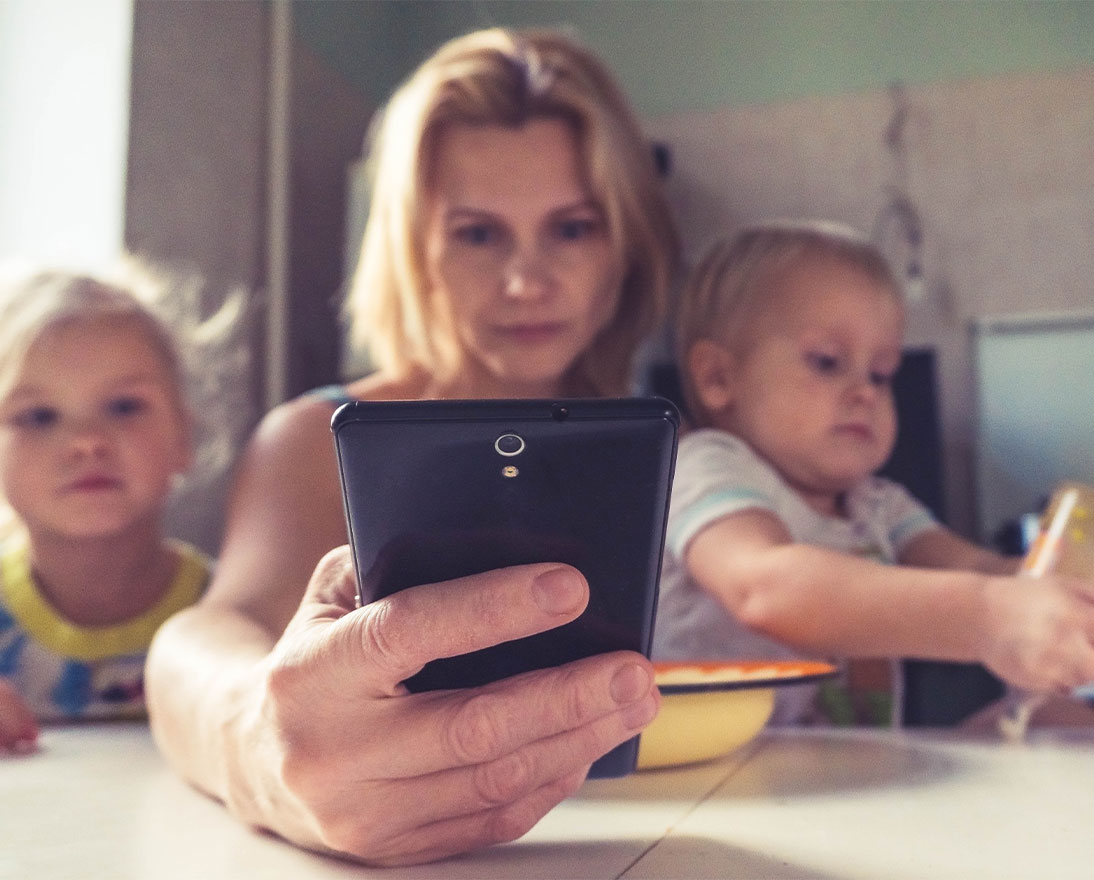What is Blue Monday and is it really the most depressing day of the year?
WellbeingArticleJanuary 15, 2024
Why is the third Monday of January believed to be the most depressing day of the year? And how can we boost our mental health during this gloomy period?
At the start of every year, much of the media focus on a specific day: the third Monday in January. It’s been designated as the most depressing day of the year and given the name ‘Blue Monday.’ But it’s a myth.
Yes, the comedown after Christmas – overeating, overspending and failed New Year’s resolutions – can give people a case of the doldrums. But the concept of Blue Monday was dreamed up by marketing executives who were trying to persuade people to book their next vacation. Somehow the idea of Blue Monday seems to have stuck.
Mental health experts say Blue Monday isn’t scientifically sound. But they agree that seasonal affective disorder, or SAD, is a real form of depression that some people experience during the winter months when there is less sunlight. Despite the dubious origins of Blue Monday, it does give us an opportunity to discuss mental health and how we can take steps to alleviate our mood.
How to beat Blue Monday
Psychologist Kari Leibowitz is a Fulbright scholar who says we should look to Scandinavia, where people live with some of the darkest, longest winters and yet are consistently ranked as the happiest people in the world. Leibowitz moved to Tromso, Norway, to see how people thrived through the long winters. She says embracing a “winter mindset” is key, and that people in Norway see winter as a time for opportunities and enjoyment, rather than a time to dread. Leibowitz discovered a concept called ‘friluftsliv’ – or open-air living – and says it’s important to wrap up warm and get outside to feel the elements.
Doctors around the world are now prescribing a dose of nature to help people stay well. Marc Berman, a psychologist from the University of Chicago, says there is solid evidence that increased exposure to nature improves our physical and mental health. Access to nature improves sleep, reduces stress, increases happiness and reduces negative emotions. Being in green spaces can also boost our cognitive function, including focus and attention, memory and creativity, in people both with and without depression.
The Japanese have long been promoting the benefits of being in nature. The term “forest bathing” emerged in Japan as a practice called shinrin-yoku, or “taking in the forest atmosphere.” Forest bathing has now caught on around the world as a way for people to reconnect with themselves and nature. In Canada, the British Columbia Parks Foundation cites research that shows sitting in a forest for just 15 minutes, observing nature while breathing deeply, can reduce your cortisol levels and heart rate variability – while sitting on an urban street does nothing.
Charities like A Dose of Nature in the UK have been set up to encourage people to sign up to a “nature prescription,” and academics from Exeter University are trying to measure the optimum amount of time people need to be outside to experience the benefits. According to their research, at least 120 minutes a week in nature is associated with good health and wellbeing. Walking and exercising in the fresh air is a wonderful way to boost our mental health; but even sitting on a bench and being immersed in the beauty of Nature can be restorative.
A positive mindset and a dose of nature can go some way to help us deal with the short, dark days of winter. Research published in the New Scientist magazine says sunshine may also help ward off deadly infections. Many of us now spend up to 90 percent of our lives indoors and our retinas are bombarded with artificial light late into the evening.
Go beyond self-care
Self-care is vital, but caring for others can be transformative for our sense of belonging and purpose. Jamil Zaki, professor of psychology at Stanford University, says that the COVID-19 pandemic showed us how we can shape the future in a different way: “During disasters, people realize how much they need each other and want to help one another. Mutual aid groups, mask wearing and social distancing have all demonstrated our ability to protect others as well as ourselves.”
Zaki calls this prosocial behavior, “catastrophe compassion,” and says people care more for others than themselves during moments when it matters most.
Bye bye, Blue Monday
Blue Monday may be a myth and a marketing ploy, but some mental health charities are reframing it as an opportunity to talk positively about ways to reduce loneliness and isolation. The Samaritans – one of the oldest mental health charities in the UK and part of the international network Befrienders Worldwide – has given Blue Monday the boot and transformed it into ‘Brew Monday.’
Rachel Cackett, Executive Director of Samaritans Scotland, says: “While there’s no hard evidence to suggest that Blue Monday really is the most depressing day of the year, I’m sure that many of us may be finding things difficult at this time. The need to look after our mental health and stay connected has rarely felt more pressing – or more challenging.”
And drinking tea is good for you too – for both body and mind. Green tea contains powerful antioxidants that may lift mood, improve focus and ward off depression. Korean researchers reported that in a healthy population, those Koreans who habitually drank green tea were 21 percent less likely to develop depression over their lifetime than non-tea drinkers.
So, if you’re looking for a cure for the winter doldrums, you don’t need to travel to a far-flung destination or fling yourself at a gym class. You could simply take a flask of tea and discover a place of beauty in your own backyard.




